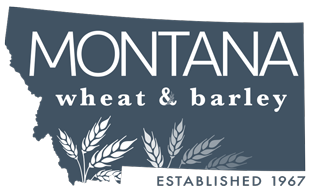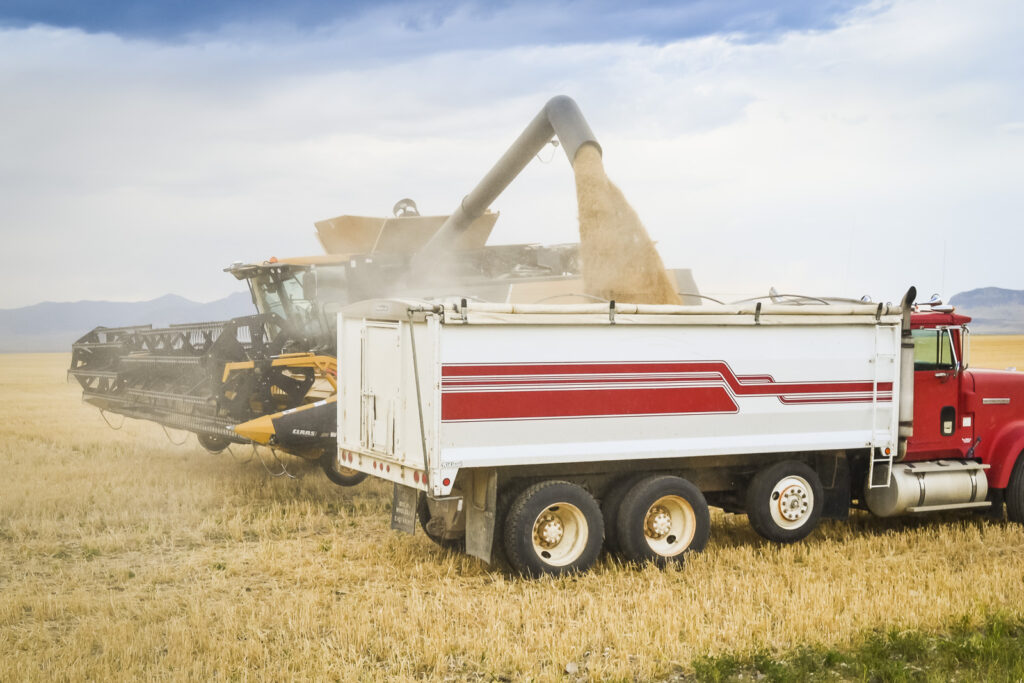-Sam Anderson
Grain Samplers drive throughout the Treasure State probing railcars, totes, trucks, and bag lots. This is a very time sensitive process as the elevator will load the product and order a sample through the State Grain Lab (SGL) and need to get the products in transit to avoid costly demurrage charges. The sampler will get their orders each morning and a typical route may entail driving from Great Falls to Chester, Tiber, Cut Bank, Conrad and then back to Great Falls.
The sampler will arrive at the facility and fill out several forms related to safety and bookkeeping. They will put on a variety of safety equipment and head out to the railcar needing to be sampled. The largest piece of equipment used is the probe a 25-pound brass rod 12 feet long that is brought to the top of the 18-20 foot high grain car. They will then open the hatches and go through a step by step process developed by the Federal Grain Inspection Service to get a proportionate sample of the contents.
I was very surprised how physically demanding this job is! You need to be comfortable with heights, the walking platform on the railcar is about 2.5 feet wide, it reminded me of the feeling of being on the roof of a 2-story house, you never really get comfortable. Granted the probe is awkward and heavy then to proceed to drive the 12-foot rod to the bottom of the railcar is no easy feat. The grain at the bottom of the railcar has an immense amount of pressure making the last few feet like pushing it through concrete. A “trick” I learned was to essentially put both hands on the probe and jump and fall onto the rod with all your weight. It was very difficult, having probed several railcars it never got easier. On average one sampler can handle about 10-15 railcars a day. When it comes to sampling there are several other immediate safety factors that need to be focused on which require 100% concentration.
The State Grain Lab to me is even a step above essential, I would call it “critically essential”. The official grade certificate is often one of the most important pieces of information for the movement of commodities. This certificate can often be the initiator for payment to the elevator and gives the green light to proceed with the shipment.

